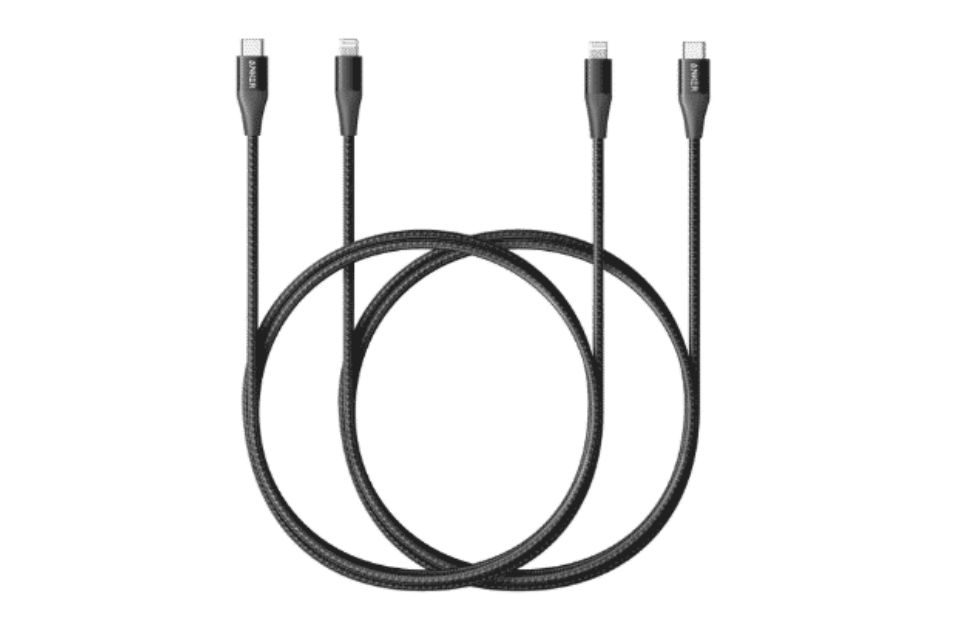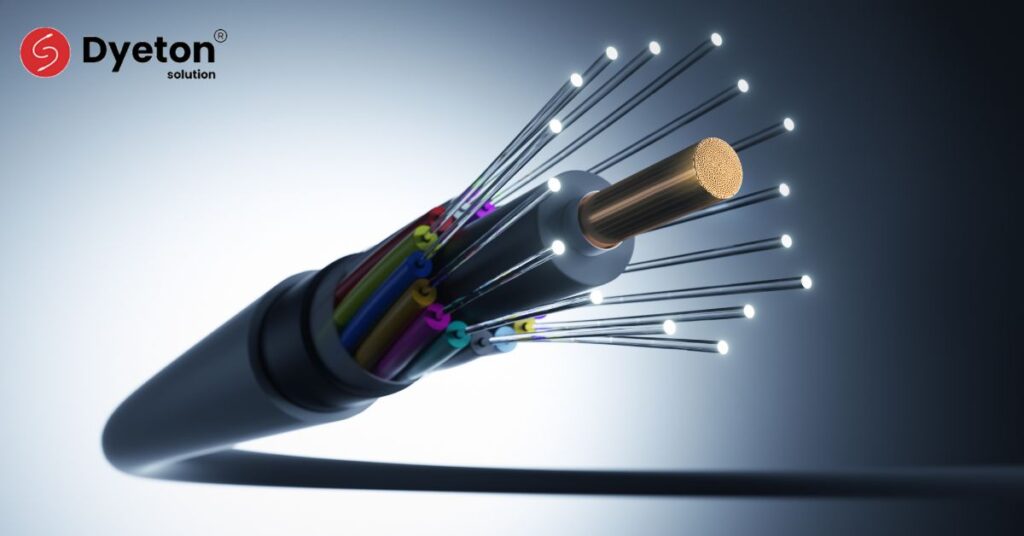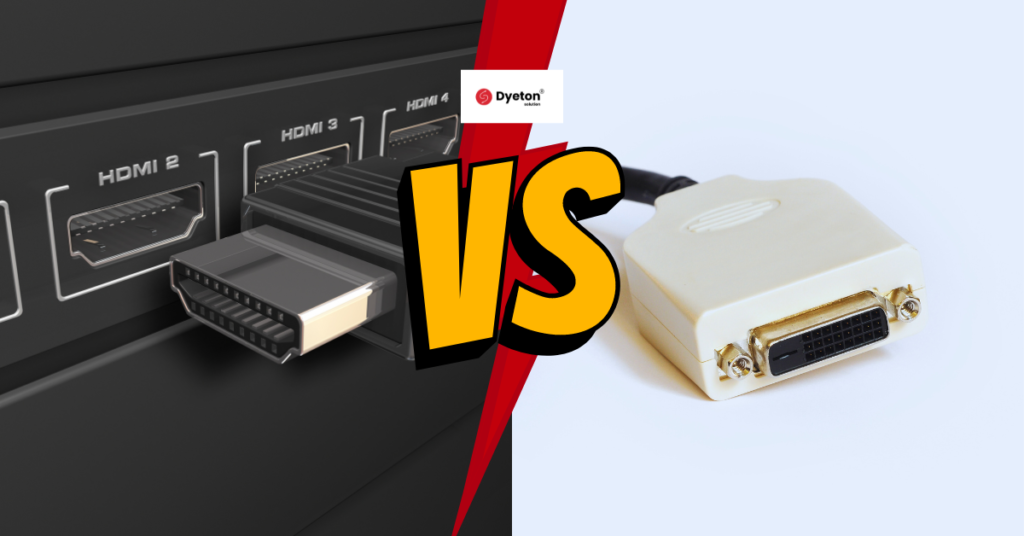Cable ties, usually referred to as zip ties or wire ties, are multipurpose fasteners frequently used to hold and arrange wires and cables. In order to control cable clutter and maintain a tidy and organised appearance, they are crucial. We will explore which cable ties are used to bunch the wire in this blog, going over their characteristics, construction, and uses. Select the best cable ties for your wire management needs by being mindful of the numerous possibilities available.
Types of cable ties to bunch wires
1. Nylon Cable Ties
The most popular and extensively used kind of cable tie for bundling wires is nylon cable ties. They are made of sturdy nylon that resists abrasion, moisture, and the majority of chemicals. To meet diverse wire sizes and bundling needs, nylon cable ties are offered in a range of lengths, widths, and tensile strengths. Once tightened, a locking mechanism on them firmly binds the cables together. Useful, inexpensive, and appropriate for both indoor and outdoor applications are nylon cable ties.
2. Velcro Cable Ties
Cable ties with Velcro, commonly referred to as hook-and-loop cable ties, offer a reusable and scalable option for managing wires. When pressed together, their hook and loop sides adhere to one another. Since Velcro cable ties are flexible, they may be easily adjusted and removed without needing to be cut or re-tied. They are perfect for circumstances in which it is anticipated that wire bundles would change or grow often. In computer settings, businesses, and home theatres where wire organisation and flexibility are crucial, Velcro cable ties are frequently employed.
3. Stainless Steel Cable Ties
Strong, long-lasting, and resistant to harsh environments are all features of stainless steel cable ties. They are appropriate for outdoor use and tough conditions because they are composed of corrosion-resistant stainless steel. In industrial environments, building sites, and marine applications where increased strength and resistance to temperature, chemicals, and UV exposure are required, stainless steel cable ties are frequently employed. They have a self-locking mechanism, and using particular equipment made for stainless steel ties, they can be tightened.
4. Releasable Cable Ties
As its name implies, releasable cable ties make it simple to reuse and remove them. They have a releasing system that enables repeated opening and closing of the knot without causing harm. For circumstances where wire bundles need to be routinely changed, updated, or replaced, releasable cable ties are suitable. In circumstances where cables may need to be moved around or replaced frequently, temporary installations, planning temporary event setups, and other scenarios, offer convenience and flexibility.
5. Colored Cable Ties
Cable ties of different colours create another layer of organisation and identification. They come in a variety of colours, making it simple to distinguish and classify wire bundles. In networking, electrical, and audio/video setups where distinct cables need to be identified for specific purposes, coloured cable ties are frequently employed. For instance, various colours could stand for various audio channels, data lines, or power cables. By clearly separating various wire bundles, coloured cable ties facilitate maintenance, future expansions, and troubleshooting.
Conclusion
In order to manage and organise wires effectively, it is crucial to choose the right cable ties. Depending on your needs for wire management, each type of cable tie has a unique set of benefits, whether you choose nylon cable ties for their versatility, Velcro cable ties for their adjustability, stainless steel cable ties for their toughness, releasable cable ties for their reusability, or coloured cable ties for simple identification. You can make an informed choice and effectively manage wire clutter if you are aware of the features and uses of each type. At Dyeton Solutions, we will help you keep your wire bundles neat and organised.
FAQs
What is used to tie wires?
A cable tie is a sort of fastener used to hold things together, typically electrical cables and wires. It is also known as a hose tie, zip tie, or tie wrap. Cable ties are widely used in many different applications due to their inexpensive cost, simplicity of usage, and binding strength.
What types of cable ties are utilised to bundle the wires?
Standard cable ties, which are typically made of nylon grade 6.6, are used to harness and bundle objects, mainly wires.
Which cable tie is the longest?
Black and natural ties are available in lengths ranging from 100mm to 1030mm, with widths ranging from 2.5mm to 12.7mm to meet your specific needs.








